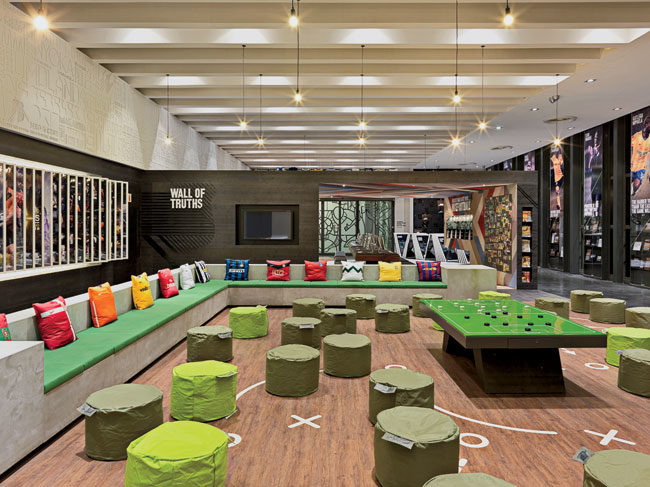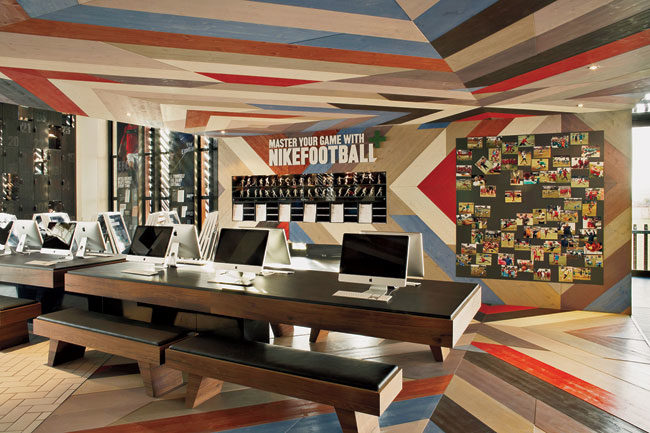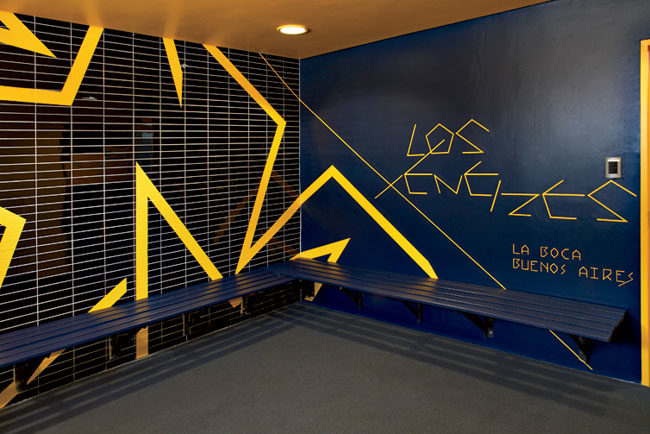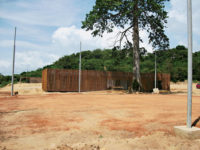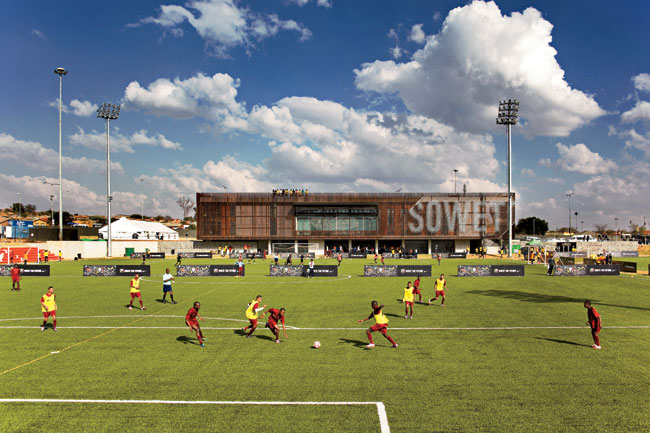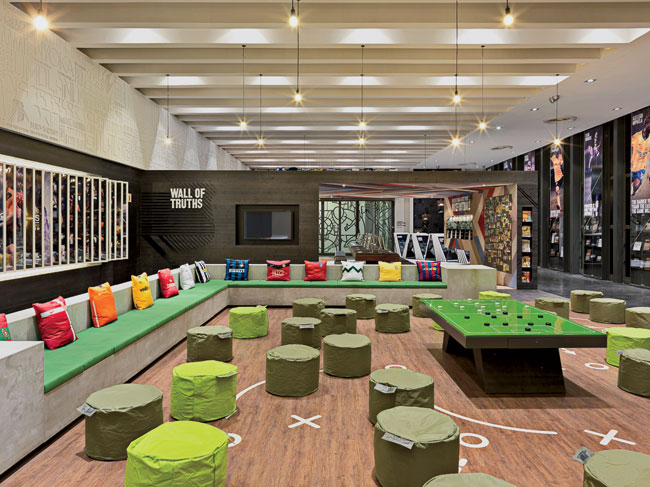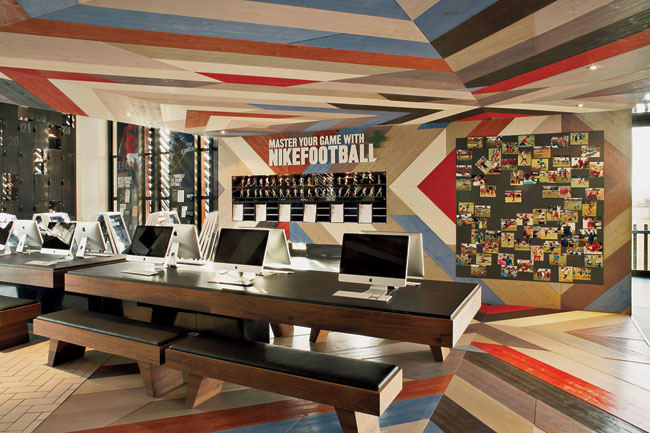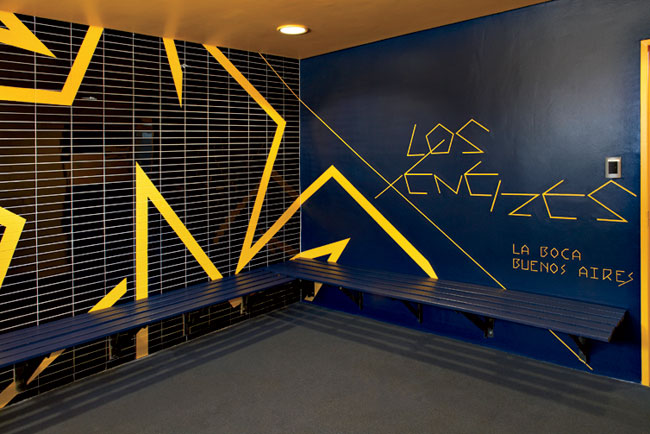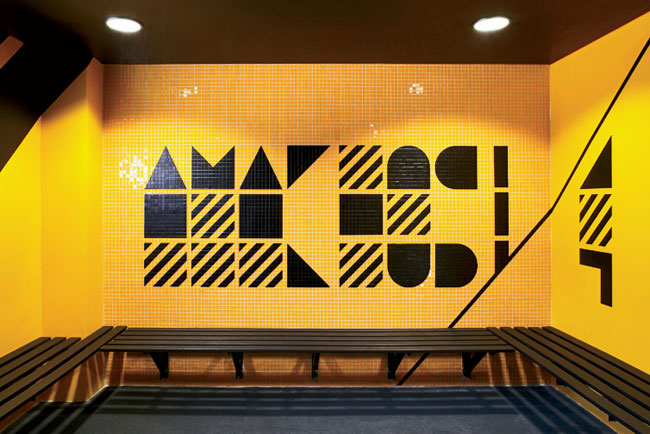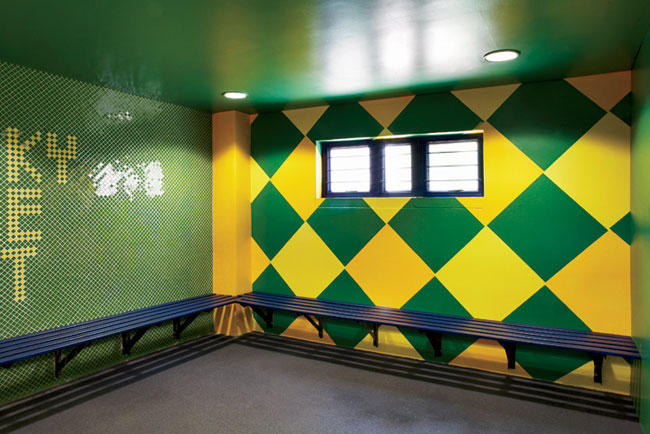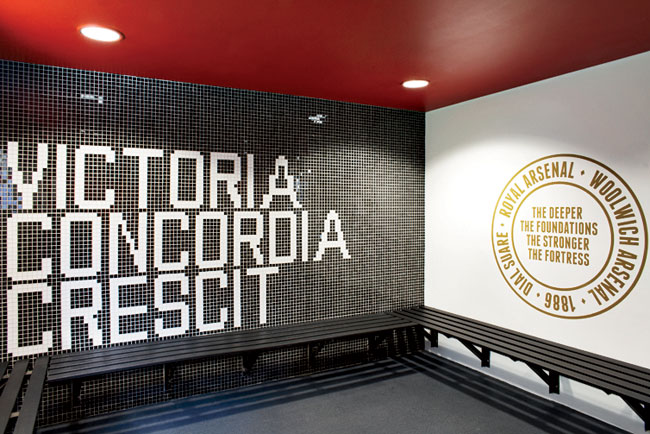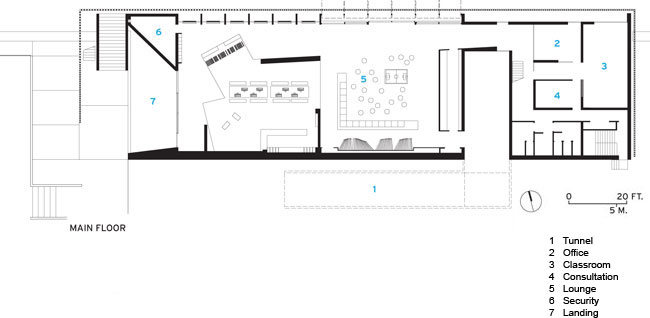RUFproject
Soweto, South Africa
The Nike Football Training Centre is a billboard of a building in the loud and proud tradition of Soweto, South Africa's biggest and most ambitious township. From the rooftop of the three-story building, you can see an endless fabric of low-rise government housing and ad hoc shacks, but also signs of change: BMWs parked at the Maponya Mall, cabs heading to the revamped taxi stand at Baragwanath Hospital, and worshippers crowding into new Pentecostal churches. On most days, you will find groups of kids at play and in training on the immaculate soccer fields below.
These scenes suggest a new prosperity in Soweto, driven by the Johannesburg municipality's long-overdue investment in its infrastructure and by a burgeoning black middle class. But there is an underlying story, too—a reason for more churches and for upgrading the hospital's taxi facility. Soweto has some of the highest rates of HIV/AIDS infection in a country where the epidemic has lowered life expectancy to less than 50 years, and many of the township's young people engage in risky activities. Some kids on the fields of the Nike Centre hope to be spotted by a scout and make it to the pro leagues, but most come for fun. In the process, they hear messages that may save their lives.
The center offers a space between the aspirational worlds of young people replaying the glory of South Africa's hosting of the 2010 FIFA World Cup and the hard realities of their lives. Built for Nike events right before the World Cup, it promotes the footwear company's global brand while also serving the local community. Its decor dovetails closely with Nike's advertising and retail look, in its mix of gritty images of young athleticism, bright colors, and eye-grabbing text. Its public spaces—particularly the entry-level hall with its display of inspirational objects from soccer stars and an array of shiny iMacs, as well as the boot room below—directly promote the mythology and products developed by the sponsor. The large windows of the central office floor, the covered area on the field level, and the roof terrace offer views of Soweto's first artificial-turf fields, making it a great place for drawing both spectators and players.
At the same time, the center supports the work of local organizations such as the Soweto Football Association, which will eventually take over its management. Another group, Grassroots Soccer, builds HIV/AIDS awareness through life-skills coaching, while the organization Right to Care runs HIV testing. A lobby mural promotes (RED) laces, Nike's brand that grew out of rock star Bono's campaign to raise money for AIDS and links the visual styles of the promotional and social spaces.
The building's architect, Sean Pearson of Vancouver-based RUFproject, worked as a paid consultant to Nike on the project, developing the program, construction process, and architecture. (He had been a design director for Nike in Europe before starting his firm in 2008.) His design addresses the potential discontinuities between the building's branding function and its social uses by detailing the thresholds between them in ways that are never absolute. The building uses glazing and screens rather than solid walls to divide public from private areas. Timber slats on the north facade reduce heat gain inside while maintaining views out. A chain-link fence designed by the South African artist Kronk lets neighbors look into a playing area in the back, and carries on the energetic branding of the interior.
In designing the interiors, Pearson articulated routes that parallel the success stories of Nike-sponsored players and the lives of local kids. He renovated a tired building in back of the new one to changing rooms, using the striking visual style and logos of Nike teams on the walls. As athletes walk to the playing fields, they see inspirational messages, iconic images, and the names of the center's first graduates amongst those of famous players. However ephemeral this experience, it works with the architecture to inspire life-changing choices.
ARCHITECT: RUFproject.
LOCAL ARCHITECT: MMA Architects.
BUDGET: Withheld.
CONTEXT: The Football Centre sits within the vibrant fabric of Soweto, the township in Johannesburg that became famous in the 1970s for its resistance to apartheid. Today more than 1.3 million people live in Soweto. The center serves as a hub for organizations fighting AIDS, as well as a sports facility and a place to promote the Nike brand.
People |
Products |

